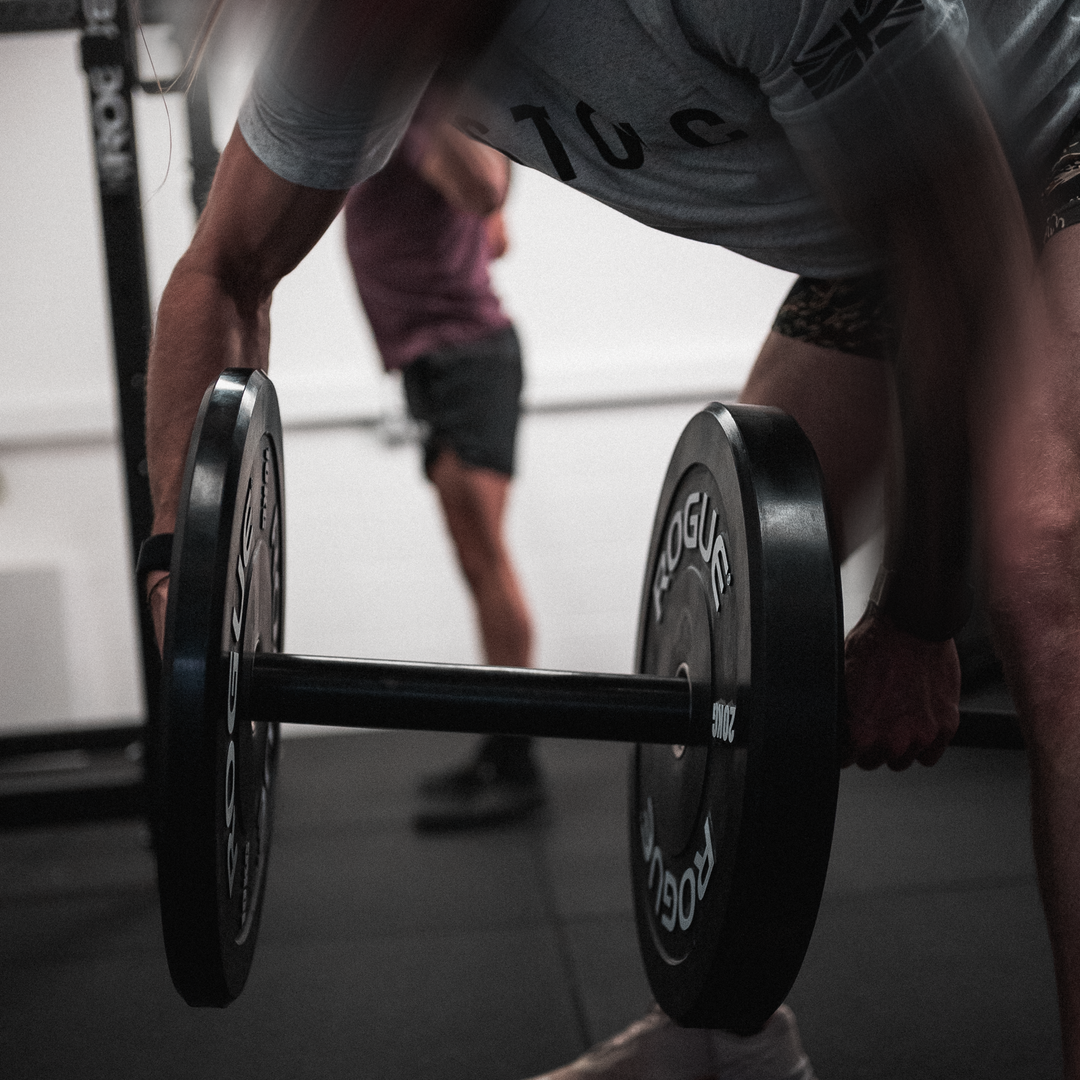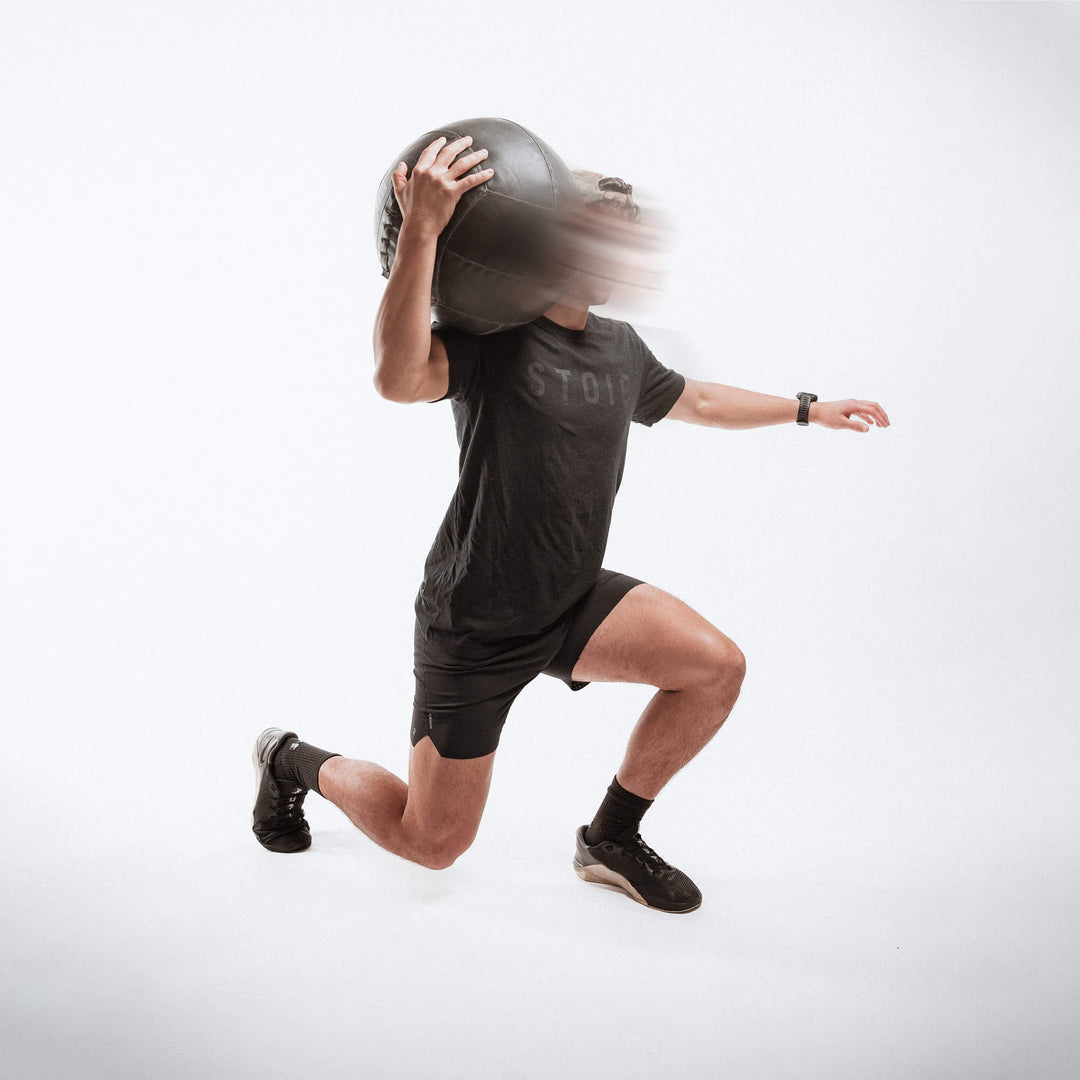OUR TOP 5 TRAINING METHODS TO IMPROVE YOUR PULL UPS

Introduction
Pull-ups (vertical pulling) are part of the fundamental movement patterns we can do as humans.
To be good at the movement it requires:
- A high amount of upper body relative strength (strength in relation to your body weight), particularly in the back, arms and shoulders
- A strong grip
- Relatively good body composition
- The ability to brace and control your core
- Practice
Once you can do a few of them, they are a great way to build strength and endurance in your upper body, have a large carry over to other movements and are easy to implement and test en masse as they don’t require a lot of equipment.
Given these qualities, they are always a popular exercise in many military entry courses.
However, they can be challenging, and sometimes even getting going with them can be a struggle, let alone performing them to the correct standard or consistently improving your performance over time.
In this article, we will explore our top 5 training methods to help improve your pull-ups that you can add on to your regular approach to training.
Some pull-up fundamentals to begin with
As with any movement you want to improve on, there are a few overarching principles to training you’ll want to have in place too, such as:
- Train it frequently enough – if you suck at pull ups, you’re more likely to avoid them in your own programming (unless you’re following a training cycle (link to training section)).
- Focus on your form – from the get go make sure you’re working on your strict form and to the specification of any tests you may have in the future. Avoid kipping or not performing the movement fully.
- Train around the movement – make sure you’re strengthening your core and doing other movements such as heavy rows to develop the musculature you need.
- Train your biceps – as if you needed another reason, the biceps group are heavily involved in vertical pulling. Make sure you’re training them in a variety of ways.
- Improve your body composition – to improve your relative strength you can get lighter or get stronger. If you’re carrying excess weight that’s not necessary for your role then work on your nutrition from an eat to perform perspective (link to blog 8 TIPS TO HELP YOU EAT FOR PERFORMANCE) to help.
- If you can’t do one pull up, start off with eccentric only reps – Jumping up to the bar, holding at the top and lowering yourself down slowly is a great way to build up the motor engram in your brain, as well as practising having to resist the swinging motion using your core.
Our 5 techniques to help improve your pull ups
1. Improve your grip strength
Grip strength is a crucial aspect of improving your pull-ups that is often overlooked. A strong grip is necessary not only for holding onto the bar but also maintaining your position throughout the movement.
There are several ways to improve your grip strength that we’ve explored in more detail in this previous article (LINK TO BLOG: 5 TECHNIQUES TO IMPROVE YOUR GRIP STRENGTH). There are a tonne of benefits for your overall health and well-being to working on improving your grip strength other than just getting better at pull ups.
2. Train them more frequently initially
Especially when first starting out, you can train the movement pattern of vertical pulling with a much higher frequency than you think. Purposefully practising the movement pattern multiple times a day is a great way to improve on them quickly by ‘greasing the groove’ and helping your brain pattern in the motor engram (Memorised motor patterns used to perform a movement or skill, that are stored in the motor area of the brain).
The caveats here are to keep the reps low (1-3 reps), keep the frequency high (2-4 times a day every day), practice each rep with the fullest form and properly warm up before doing them, paying extra attention to your hands and forearms.
3. Use pre-session EMOMs to increase your weekly volume
A favourite technique of ours to use to transition from the low volume, high frequency approach. Using timed workout blocks such as EMOMs (every minute on the minute) can help give you more structure and volume to train the movement multiple times a week.
For example, after warming up for your session, you could start off 3 of your training sessions per week by doing 2 reps every minute on the minute for 6 minutes. Then add 2 minutes each time you come back to do it.
Once you’re doing 12 minutes at 2 reps, you can drop the time back to 6 minutes and add a rep. Then just carry on in that fashion, adding reps and building up your volume for the movement.
| Week 1 | Week 2 | Week 3 | |
| Session 1 | EMOM 6 mins 2 reps every minute | EMOM 12 mins 2 reps every minute | EMOM 10 mins 3 reps every minute |
| Session 2 | EMOM 8 mins 2 reps every minute | EMOM 6 mins 3 reps every minute | EMOM 12 mins 3 reps every minute |
| Session 3 | EMOM 10 mins 2 reps every minute | EMOM 8 mins 3 reps every minute | EMOM 6 mins 4 reps every minute |
4. Add load Early
Quite often people will avoid adding load to the vertical pulling movement if they can’t do high reps of it, but just like any other moment, pull ups respond well to the additional stimulus of external load.
A good point to remember is that quite often your body weight may be coming down as you practice these movements, meaning that your nervous system actually is getting less of a strength based stimulus each rep.
Adding load via a weights belt or holding a DB between your legs, and doing low reps with a higher amount of intensity can bring that high tension strength stimulus back in to help get your nervous system used to pulling heavier weights.
5. Improving the mobility in your back and shoulders
The mobility you have through your shoulders and thoracic spine is often overlooked as part of improving your pull ups but it does have an important part to play.
Limited mobility in the thoracic spine will lead to muscular compensations through your neck, shoulders and arms, you won’t be able to control your body from swinging and you won’t be able to get the full range of motion through your scapula joints meaning your arms will be taxed more. This can all ultimately reduce your performance and increase your risk of injury.
If you’re lacking mobility in your shoulder and can’t get full overhead extension, you’ll be placing a lot of stress on your shoulder joint and your body will compensate by arching your spine more to get the range. But this is not ideal from a performance perspective as you’ll be unable to control and use your core to assist with the movement.
To improve your back and shoulder mobility, you should look at performing exercises such as:
- Controlled articular rotations (CARs) at all joints.
- Thoracic rotations, cat/camels, thoracic barrel rolls etc.
- Using a foam roller to open up some thoracic extension to then work on.
- Banded shoulder distractions (if you lack mobility).
- KB Arm Bars or KB Turkish Get Ups (if your shoulders lack stability).
Summary
Pull-ups are an excellent exercise for building upper body strength, hypertrophy and endurance, and due to the carry over to your job, they are a necessary movement for military personnel to be able to perform exceptionally at.
By working these 5 techniques into your training cycle you can improve your performance consistently, and relatively quickly and reduce your risk of injury.
Remember to start with the fundamentals we’ve highlighted above and progress gradually to avoid injury and see long-term results.
Some more common questions we get through on our Q&A sessions about how to improve your pull ups:
Q: Is it okay to do assisted pull-ups instead of regular pull-ups?
A: Yes, to an extent. Assisted pull-ups, such as using a band or using a machine, can be an excellent way to build strength initially and work your way up to doing regular pull-ups. Don’t become reliant on them as there will come a time where the rubber hits the road and you have to get them done without assistance.
Q: Can I do pull-ups every day?
A: It really depends on your current ability. If you’re unable to do more than 2-3 reps then yes you can get away with the low volume, high frequency approach we outlined above. It’s not recommended to do pull-ups (or any movement) every day if you’re already at a good level as you need time to recover and adapt.
Q: Should I do pull-ups before or after other exercises?
A: As it’s a demanding compound exercise, we recommend to do your pull-ups at the beginning of your workout when your muscles are fresh.
Q: How long does it take to improve my pull-ups?
A: The time it takes to improve your pull-ups depends on various factors, including your current fitness level, the frequency of your training, and the exercises you do to strengthen the necessary muscles. Consistency and proper technique are essential in improving your pull-ups, so don’t give up if you don’t see results immediately.
Q: Can I do pull-ups if I’m overweight?
A: Yes, you can do pull-ups if you’re overweight, but it may be more challenging. It’s important to focus on proper form and technique and to start with assisted pull-ups or other modifications until you build the necessary strength.




